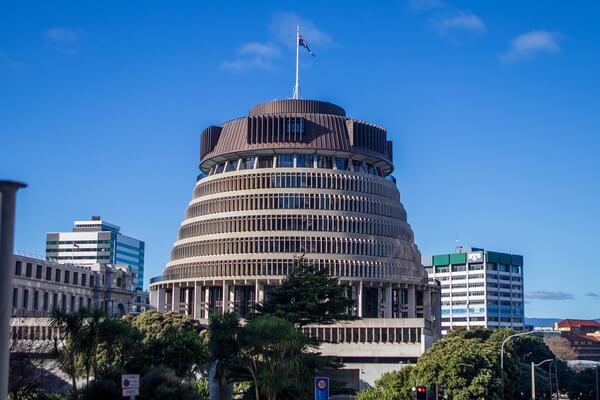News Release from windfair.net
Wind Industry Profile of
New Zealand turns on the turbo: Government puts renewables on the fast track
New Zealand is rich in energy resources, and Energy Minister Megan Woods knows it. Already in 2018, the share of renewable energy in the country's electricity supply was 84 percent, mainly from hydropower and geothermal energy. But that's not enough, and so the plan is to get to over 90 percent by 2025 and reach 100 percent by 2030 at the latest. "We’re incredibly well positioned globally to harness wind power, both onshore and offshore," Woods explains as a result. "When it comes to offshore generation, our location matters. The least-windy sites in Zealand are considered to have better wind energy potential than the windiest site in Australia," she can't help but take a side swipe at her big neighbor.
To further accelerate the energy turnaround, the government has therefore resorted to extensive measures: at the beginning of this week, for example, it announced that three onshore wind farm projects are to be submitted to the relevant bodies for approval in a fast-track procedure. This is possible under a temporary provision of the COVID-19 economic stimulus bill to boost New Zealand's economic recovery, create jobs and accelerate emissions reductions.
The proposed wind farms in Manawatu, near Auckland, and in Southland would generate about 419 megawatts of electricity at peak capacity, Wood said. That's nearly the same amount of electricity supplied by Clyde Dam, New Zealand's third-largest dam. "Generating the same amount of electricity using fossil fuels would create about 150 million kilograms of CO2 emissions," Woods points out.
But it's not just wind power that is expected to benefit from the scheme: Nine solar farms, comprising nearly 1.9 million panels, have been submitted for fast-track approval under the COVID-19 Recovery Act since 2021. "These projects can proceed faster, provided they meet the normal environmental tests as determined by expert consenting panels," adds David Parker, Secretary of Environment and Transportation. The farms are expected to supply 1,147 megawatts of electricity to the national grid at peak output - nearly three times the output of the 432-MW Clyde Dam.

The seat of government in Wellington, called the 'Beehive': the acceleration of the energy transition is to be managed from here (Image: Pixabay).
"Fast-track was originally intended as a temporary measure, but its success means that the process will be soon become permanent. The Natural and Built Environment Bill, to be passed this term, will provide a fast-track pathway for infrastructure and regionally significant housing projects," Parker therefore announces. This could save about 18 months per project. Planned geothermal and hydrogen projects on the North Island with a capacity of 64 MW are also to be put on the fast track as a result.
In addition, the government wants to create a positive investment climate and this week announced a $2 billion climate fund in cooperation with Black Rock. The fund will give New Zealand businesses access to larger pools of capital and support the creation of high-skilled local jobs.
"With countries around the world experiencing the impacts of climate change on a daily basis, it’s never been more urgent to invest in technology that will help address the climate crisis, and New Zealand is well positioned to be a home for that investment," said Prime Minister Chris Hipkins. "It shows that our ambitious climate targets have the world’s attention, and that they are good for the climate, good for the economy, and will help create highly skilled jobs."
The government also announced plans to look at hydrogen and offshore wind energy and asked for help from associations and industry to find the best possible regulations to rapidly develop these technologies. Woods therefore sees the country well positioned for the future and wants to create in New Zealand "one of the first countries in the world to deliver a fully renewable electricity system."
- Author:
- Katrin Radtke
- Email:
- press@windfair.net
- Keywords:
- New Zealand, turbo, energy transition, fast track, wind, solar, permit, renewable energy, decarbonisation, economy, funds

























